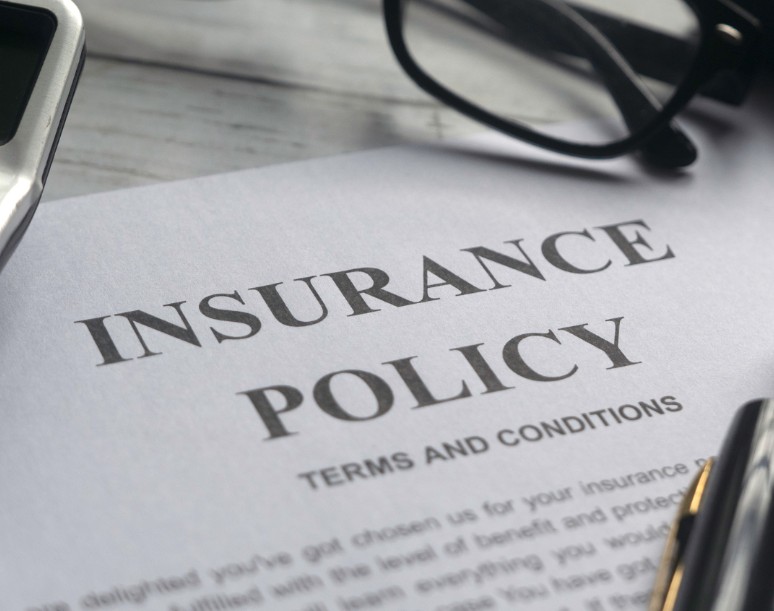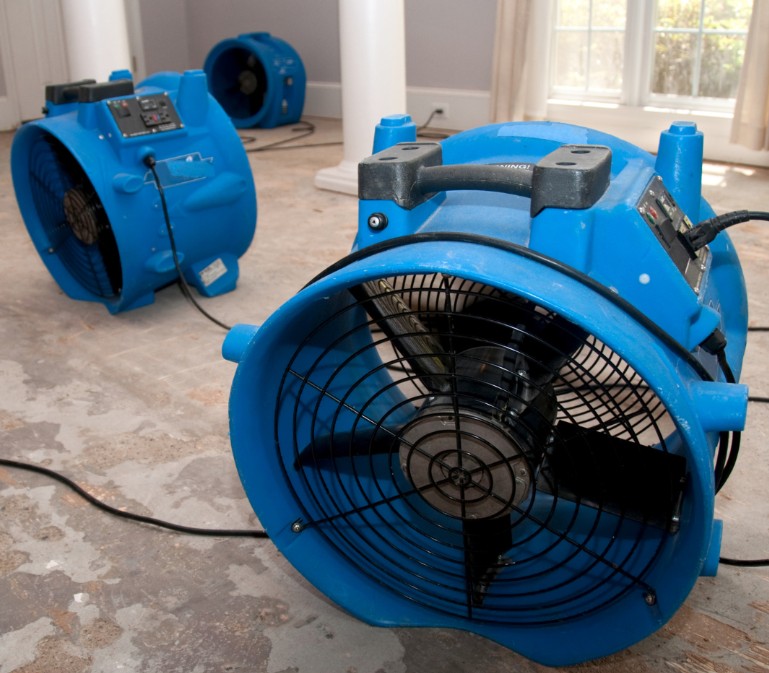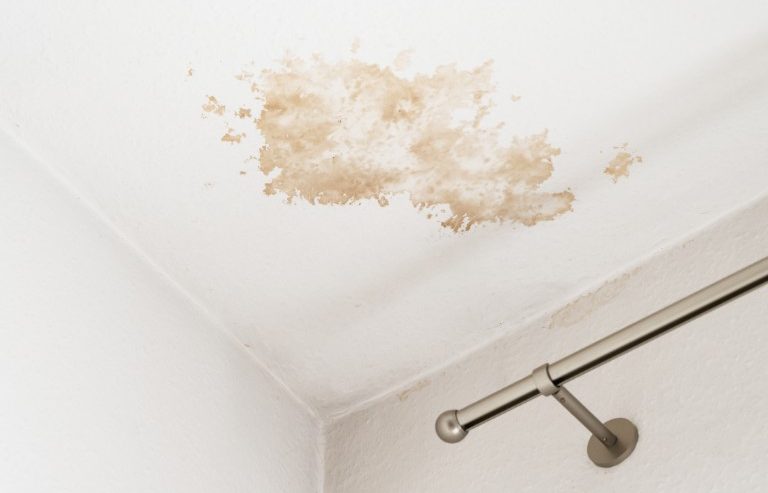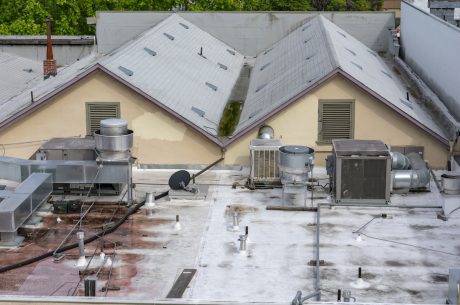Safety First
Before you do anything else, make sure the area is safe. Water can create hazards like slippery floors and electrical risks. If the water is near electrical outlets or appliances, it’s best to turn off the power to prevent any risk of electrocution. If you can’t safely reach the circuit breaker, call a professional electrician for help. It is crucial to wear protective clothing such as rubber boots and gloves to prevent contact with contaminated water, which could contain harmful bacteria or chemicals.
Beyond the immediate physical dangers, consider the potential for structural damage. Water can weaken floors and walls, creating instability. Check ceilings and drywall for signs of sagging or buckling, which can indicate a risk of collapse. Always prioritize safety over damage assessment, ensuring that everyone in the household is accounted for and moved to a secure location if necessary.
Stop the Source of Water
Once safety is ensured, the next step is to stop the water from continuing to damage your home. If it’s a broken pipe, turn off the water supply to that section of the home or the entire house if necessary. For roof leaks, use a tarp to cover the damaged area temporarily.
Quick action can prevent further water damage and reduce the need for extensive water damage repair later. In some cases, you may need to call a plumber or other professional to assist with stopping the water source effectively.
Document the Damage
Take Photos and Videos
Before you start cleaning up, document the damage thoroughly. Use your smartphone or camera to take clear photos and videos of all affected areas. Capture details like water lines on walls, wet flooring, and damaged belongings. This documentation will be crucial when you file an insurance claim. High-quality images can serve as evidence, providing a comprehensive view of the extent of the damage to support your case.
Don’t forget to document the progression of the damage over time, especially if repairs cannot be immediately undertaken. Take periodic photos to show how the situation evolves, as this can be valuable for insurance purposes. Be sure to include any temporary measures you have taken to mitigate damage, as this demonstrates proactive efforts to minimize losses, which can positively influence your insurance claim process.
Create an Inventory of Damaged Items
Make a list of all damaged items, noting their condition and approximate value. This will help with insurance claims and provide a record for your own records. Remember, the more detailed your documentation, the easier it will be to get compensation from your insurance company. Include receipts, appraisals, or other proof of purchase to substantiate the value of high-ticket items.
Organizing this inventory can also help you prioritize which items to attempt to salvage and which to discard. Separate items into categories such as electronics, furniture, clothing, and personal items, noting any sentimental value that might affect your decisions. An organized inventory not only aids the claims process but also assists in planning for replacements and repairs, providing a clearer picture of the total impact of the water damage.
Contact Your Insurance Company

Report the Damage
Once you’ve documented everything, contact your insurance company to report the damage. Provide them with a detailed description of the incident and share the photos and videos you’ve taken. Ask about your coverage and what steps you need to take next.
They might require an adjuster to assess the damage before you proceed with repairs. Prompt reporting can expedite the claims process, allowing you to begin repairs sooner.
Understand Your Coverage
It’s essential to understand what your homeowner’s insurance policy covers in terms of water damage restoration services. Coverage can vary, and knowing the specifics will help you plan your next steps and understand any out-of-pocket expenses you might incur. Review your policy’s fine print to determine what types of water damage are included, such as storm-related flooding versus plumbing failures.
Begin Water Damage Mitigation
Remove Standing Water
Start by removing any standing water as quickly as possible. You can use buckets, mops, or a wet/dry vacuum to do this. If the water damage is extensive, consider hiring professional water mitigation services. They have the equipment and expertise to handle large-scale water removal efficiently. Prompt water removal is vital to prevent further damage and reduce the risk of mold growth.
Dry Out Affected Areas
After removing standing water, it’s critical to dry out the affected areas to prevent mold growth. Use fans, dehumidifiers, and open windows to circulate air and dry out the space. Mold can start growing within 24-48 hours, so act quickly to mitigate this risk. Proper ventilation is essential, so ensure that air can flow freely throughout the space to speed up the drying process.
Consider using specialized drying equipment such as industrial-grade fans and dehumidifiers, which can significantly reduce moisture levels more effectively than household appliances. Pay particular attention to hidden areas such as under carpets, behind walls, and inside cabinets, as moisture can linger and create ideal conditions for mold. Regularly monitor humidity levels and adjust your drying strategy as needed to ensure thorough drying.
Salvage and Dispose of Items
Sort through your belongings to decide what can be salvaged and what needs to be disposed of. Items like upholstered furniture, carpeting, and mattresses that have absorbed a lot of water may need to be discarded. Non-porous items like metal and plastic can often be cleaned and disinfected. Take care to handle potentially contaminated items with gloves and other protective gear to avoid exposure to harmful substances.
Seek Professional Water Damage Restoration Services

Know When to Call the Experts
For extensive water damage, it’s wise to hire professional water damage restoration services. These experts have the tools and knowledge to thoroughly clean, dry, and restore your home. They can also assist with mold remediation services if necessary, ensuring your home is safe and healthy. Professionals can assess the full extent of the damage, including areas that might not be immediately visible, such as behind walls or under floors.
Benefits of Professional Services
Hiring professionals not only ensures a thorough restoration but also speeds up the process. They can handle tasks like structural drying, sanitizing affected areas, and performing necessary repairs. Plus, they often work directly with insurance companies, which can simplify the claims process for you. Their expertise allows for a quicker return to normalcy, reducing the disruption to your daily life.
Prevent Future Water Damage
Regular Maintenance
Once your home is restored, take steps to prevent future water damage. Regularly inspect your roof, gutters, and plumbing for signs of wear or leaks. Replace damaged shingles, clean gutters to prevent blockages, and repair any pipe leaks promptly. Routine maintenance can catch potential issues before they become significant problems, saving time and money in the long term.
Install Preventative Measures
Consider installing water leak detectors and automatic shut-off valves. These devices can alert you to leaks and even stop water flow, minimizing damage. Sump pumps are also a good investment if your home is prone to flooding. These preventative measures can provide an added layer of protection, offering early detection and response to potential water issues.
Educate Your Household
Ensure everyone in your household knows how to respond in case of water emergencies. Teach them how to shut off water valves and where to find emergency contact numbers. Being prepared can make a significant difference in minimizing damage during a water emergency. Conduct regular drills to ensure everyone knows the procedures and can act quickly and efficiently.
Conclusion
Water damage is stressful, but acting fast can minimize harm and speed up restoration. Prioritize safety, stop the water source, document damage, and contact your insurance provider. For major damage, professional restoration is essential. Taking steps to prevent future issues will protect your home and peace of mind.
If you’re facing water damage in St. Augustine, don’t wait—contact PuroClean Emergency Restoration for fast, expert help. Call now to start restoring your home today!




 PuroClean Emergency Restoration Services
PuroClean Emergency Restoration Services